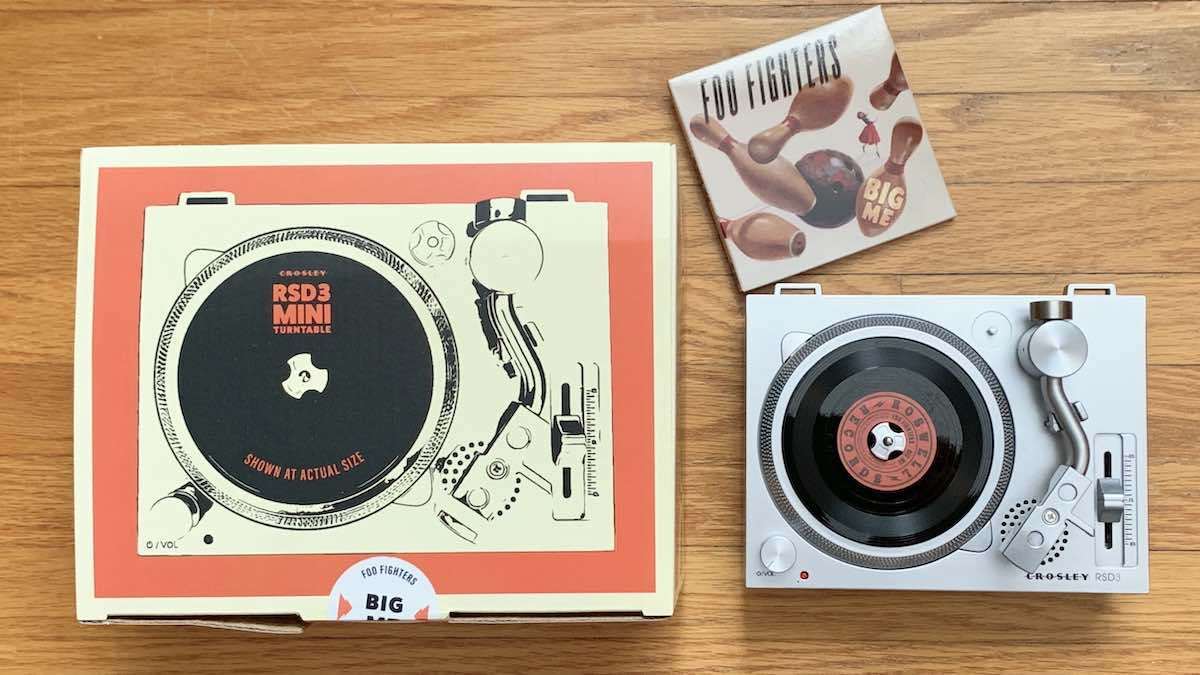
People assume that just because you identify as a geek, you’re automatically good with all things relating to technology. And, of course, that isn’t always the case at all. It’s entirely possible to be able to name every Marvel character ever and still have no idea how to configure a Wi-Fi network. And that’s where the Portal router comes in.
Note: I was sent a unit for review purposes.
First, a quick disclaimer: I am one of those geeks who is good with computers. In fact, my job is teaching people to use computers. Over the years, I’ve had a lot of Wi-Fi routers at home. It started by buying cheap ones that would inevitably fail after not-too-long, but then I started writing for GeekDad and starting occasionally getting routers for review. So, over the last few years, I’ve set up more routers than I care to count.
Of all of the routers I’ve messed with recently, Portal is without question the easiest to set up. Most of the time, you have to start by connecting the router, then log in to its administration page via its IP address, then work through page after page after page of often obtuse configuration settings. And if you’re one of those folks mentioned above, you can’t necessarily be sure that you’re doing any of it correctly.

With Portal, you start as normal: connect it via ethernet cable to your ISPs modem (or however the signal gets to your house). But step two is: download the Portal app to your smartphone because the rest of the configuration is done via the app. The app then connects to the router and basically, things are setup and you’re online. It’s really that easy.

Like basically all modern routers, the Portal features both 2GHz and 5GHz networks. But unlike the others, that often present both networks and force users to choose which one to connect to, the Portal includes technology that automatically switches between them based on traffic. It’ll also automatically open new channels and switch devices as needed to keep everything running smoothly.

But what about us geeks that want to tinker with settings? Do we have to settle with what’s presented on a single screen in an app interface? Thankfully, no. The Portal is like other routers in that it does include a web interface to administration as well, which can be enabled via the app. This includes all of the advanced settings you’re used to seeing in routers, including firewall configuration and port forwarding, seeing lists of attached devices, static routing, parental controls, and the like.
There’s one more important thing about Portal: it looks nice. Unlike most other routers I’ve had that were basically just a black (or sometimes blue) box with ugly black antennae, the Portal is a cool white vaguely boxy thing with nicely smooth edges. It has a single LED status light–the “O” in Portal–that lets you know if it’s starting up (blue), offline (red), or online (green), rather than the normal panel of constantly, annoyingly flashing lights. So if you’d like your router to be out in the open where you can get a better signal, you’ll definitely enjoy the look of the Portal over most of its competitors.

The back of the device features the normal set of 4 Ethernet connectors and two USB plugs to connect wired devices or external drives.
In the end, the Portal is all around a great device. It’s fantastic for those who need a Wi-Fi network at home that “just works,” but powerful and configurable enough for more serious network geeks who want a router they can tweak to their hearts’ content but still looks nice in their house. The router is available on Amazon or at other retailers.




How is the range? second floor of house to basement? vice-versa? (depending on obstructions I know.
Is it already configured for security or does that have to be configured via web settings?
Shoot, I meant to mention the range and then forgot. We live in a two-story house, and with the Portal downstairs I’ve had no problems connecting upstairs.
Part of the setup in the app is to configure security, but it can also be done via the web settings.